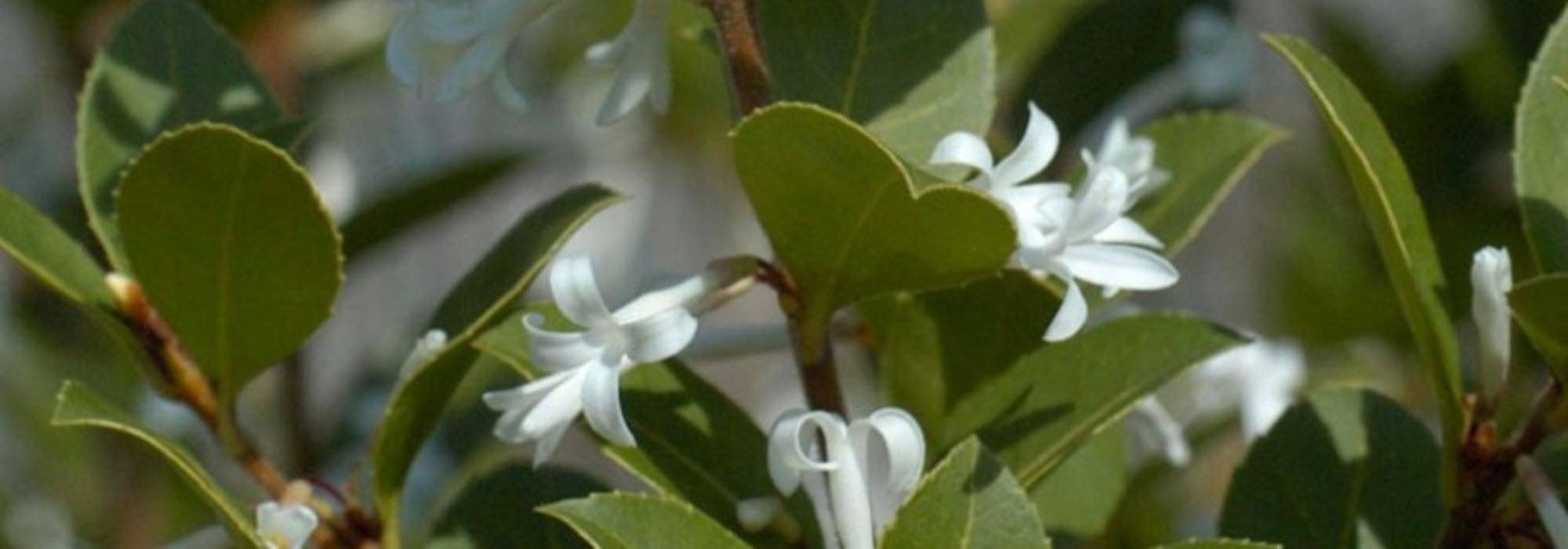
Growing an Osmanthus in a pot
To enjoy its fragrance on the terrace or balcony
Contents
If there’s one interesting little bush to grow in a pot, it’s the Osmanthus! While it may seem common when you pass by too quickly, it has numerous advantages. If you want to transform your balcony or terrace into a haven filled with foliage and flowering, amidst a variety of plants, you’ll appreciate having some evergreens, decorative all year round, alongside beautiful deciduous plants. The Osmanthus is a great evergreen choice in a pot; it thrives in partial shade and sun, has lovely foliage, and produces small, highly fragrant white flowers.
Discover how to grow an Osmanthus in a pot and don’t wait any longer to install it at home.
Which varieties to choose?
All Osmanthus can be grown in pots. This is ideal if you live in a cold region. Indeed, some Osmanthus have relatively low hardiness limits. For example, that of Osmanthus fragrans is around -6°C to -8°C. Growing them in pots is a solution if you can bring them indoors during winter in a cold greenhouse or conservatory.
Osmanthus are appreciated for their evergreen foliage and remarkably fragrant flowering. Their flowers exude a fragrance described as a blend between jasmine and gardenia, with fruity notes of peach and apricot.
Let’s review a few species with different foliage qualities and flowering characteristics.
- Osmanthus burkwoodii or Osmanthus x burkwoodii is a hybrid between Osmanthus delavayii and decorus. It is a variety of interest, quite hardy, up to USDA zone 6a (-23°C). It blooms profusely in spring, with white flowers in April-May. The leaves of Osmanthus burkwoodii are dark green, glossy, ovate, and slightly dentate.
- Osmanthus fragrans and its cultivars bear yellow-orange flowers in successive waves from June to October under good conditions. If the substrate is dry, they bloom less. More sensitive to frost, they are classified in USDA zone 8b.
- Osmanthus heterophyllus has spiny holly-like leaves. Its cultivars display beautiful variegated foliage or young purple leaves. They bloom in September-October.

From left to right and top to bottom: Osmanthus heterophyllus ‘Variegatus’, Osmanthus ‘Heaven Scent’, Osmanthus heterophyllus tricolor, Osmanthus fragrans ‘Aurantiacus’
What type of pot? What size?
For planting a bush like Osmanthus, choose a pot that is at least 40 to 50 cm deep and wide. Select a pot that you like, in any shape and material of your choice. Osmanthus do not have specific needs regarding these aspects. However, do keep in mind that terracotta is a porous material, so you will need to water more frequently.

Large pots suitable for bushes and cats…
Discover other Osmanthus
View all →Available in 1 sizes
Available in 1 sizes
Available in 1 sizes
Available in 2 sizes
Available in 4 sizes
Available in 2 sizes
Available in 1 sizes
Available in 1 sizes
Available in 1 sizes
Available in 1 sizes
What substrate?
Osmanthus requires a slightly draining, fairly light and humus-bearing substrate. To achieve this, there are two options:
- Plant Osmanthus in 100% of a quality bush compost.
- Plant Osmanthus in a mixture of garden soil, compost, and river sand, with 10 to 20% sand and the rest in equal parts.
Also plan for:
- Clay balls, gravel, or pumice (if access is difficult, avoid this choice as pumice is heavy) to ensure drainage at the bottom of the pot to maintain root quality.
- An organic mulch to keep the substrate cool and reduce watering.
- A natural fertiliser such as worm compost or manure.

Compose a light, humus-bearing, and draining substrate
Read also
How to choose good compost?When and how to plant?
Plant outside of the warm seasons, ideally in spring, in March or April. You can also plant in autumn, between September and November, for the hardiest varieties or if you live in a mild climate.
For planting, proceed as follows:
- Remove the root ball from its nursery container and untangle the roots if necessary.
- Soak it in a basin of water while preparing your pot.
- Pour a drainage layer of a few centimetres at the bottom of the pot using clay balls, gravel, or pumice.
- Separately mix the various components of the substrate unless you are planting solely in potting soil.
- Pour your substrate to about 1/3 of the pot.
- Position the root ball of your Osmanthus, ensuring that the collar of the bush is level with the surface of the pot.
- Check that the appearance and orientation of the bush are to your liking and that it is standing upright.
- Fill in with substrate, pressing down lightly and evenly.
- Fill to a few centimetres below the rim of the pot and press down once more.
- Water generously.
- When the water has been absorbed, add a bit more substrate if necessary, if any gaps have appeared.
- Mulch with a few centimetres.
Where to place your Osmanthus?
Osmanthus grows in partial shade and sunlight, with a caveat. In the south of the Loire, be sure to protect it from the sun’s rays during the hottest hours of midday and afternoon. Keep in mind that Osmanthus needs good brightness to bloom well. Protect it from cold winds. This plant thrives by the sea, as it is not afraid of sea spray and enjoys a bit of ambient humidity. Do not place it in a confined space; it needs an airy location.
It has variable frost resistance depending on the varieties, from -6°C to -20°C, averaging around -12°C. If necessary, store the pot in a cool, bright place during winter or protect the pot with a winter cover and thick mulch.
It can serve as a windbreak and privacy screen. In a pot, you will have the chance to enjoy its intense jasmine-like fragrance up close!
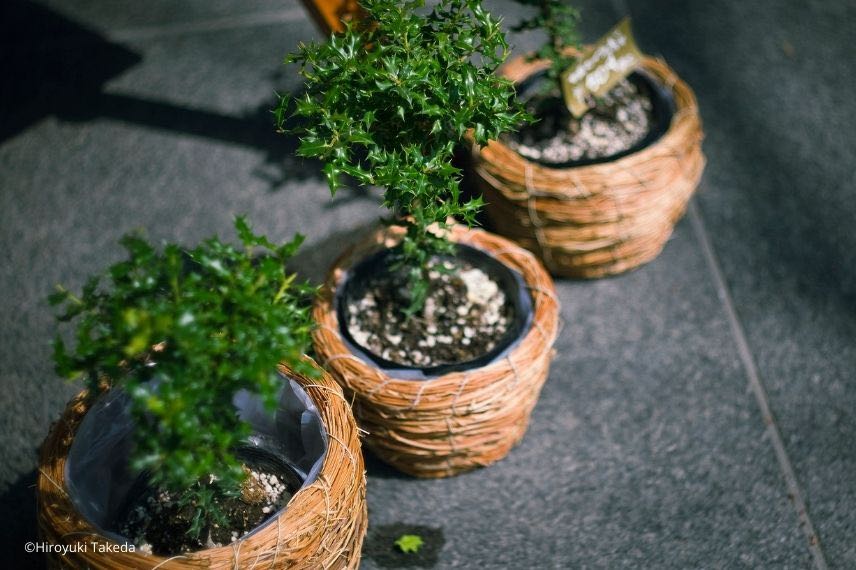
Osmanthus heterophyllus in pots
Watering and fertilising
The Osmanthus enjoys warmth, but not overly dry environments. It also dislikes stagnant humidity.
Water generously at planting and follow up with watering during the first two springs and summers. The best indicator for when to water is to check the substrate. Allow it to dry briefly between waterings, but not for too long. This means you will likely water 1 to 2 times a week. Ensure that the water is well absorbed and does not stagnate. You can then space out the waterings.
The Osmanthus will appreciate a supply of compost, potting soil, or worm compost each autumn at its base, incorporated by scratching. Take the opportunity to renew the mulch. Check it and top up if necessary in spring, before facing the summer heat.
Maintenance
It is an easy-care plant, low-maintenance. It settles in quietly and is not prone to diseases.
Pruning is optional; it can be done after 3 to 4 years to thicken the foliage and enhance the plant. Prune in July for spring flowering and at the end of winter for late flowering.
- Subscribe!
- Contents
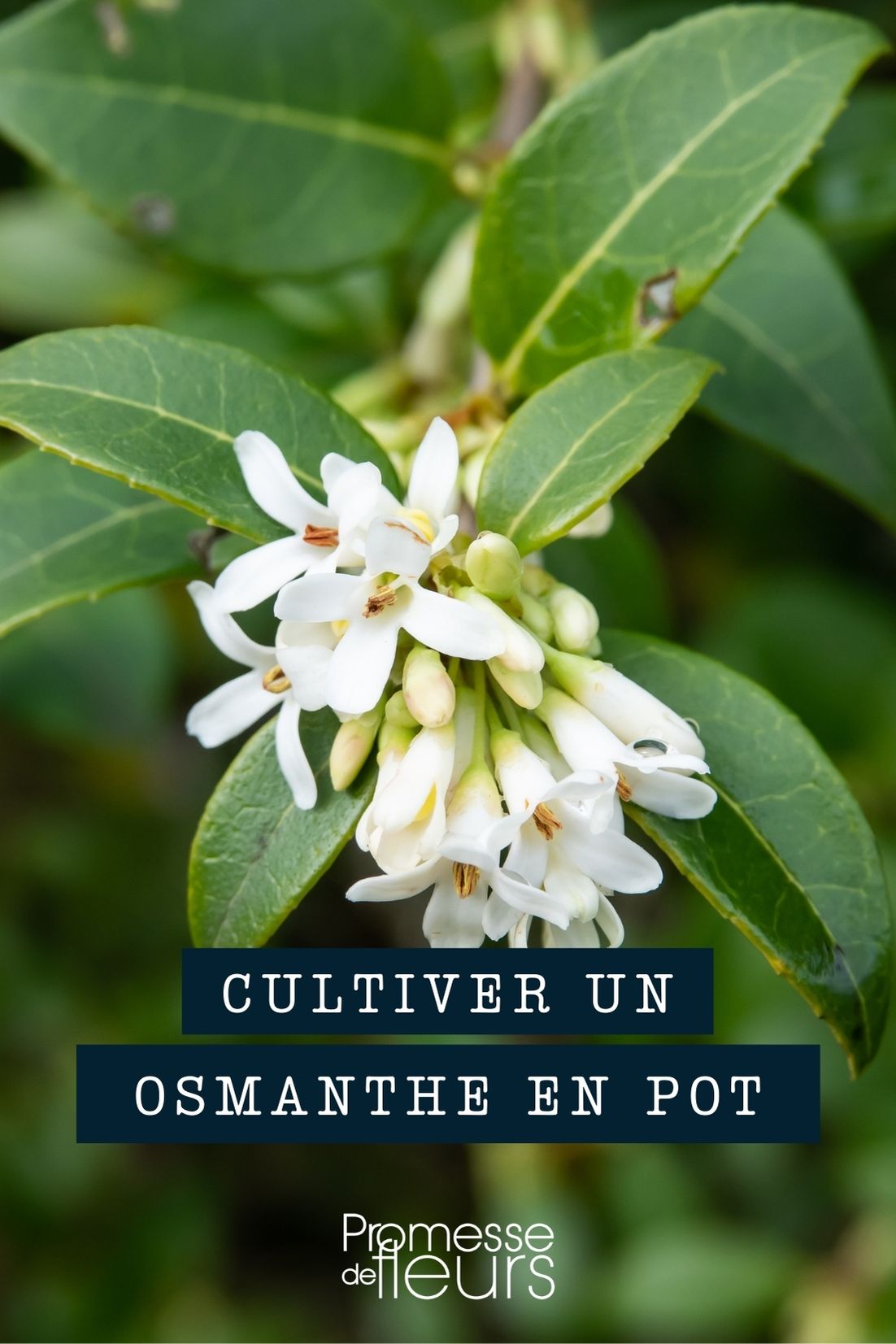































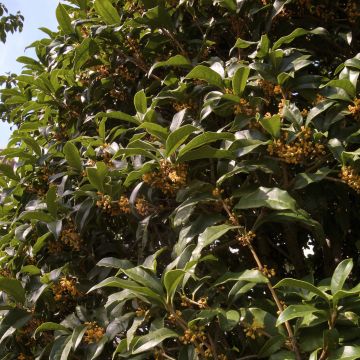

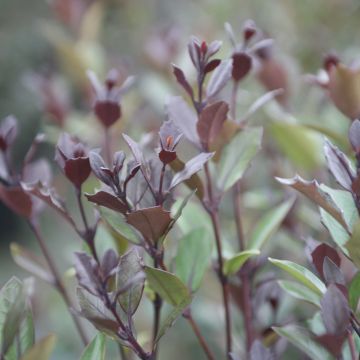
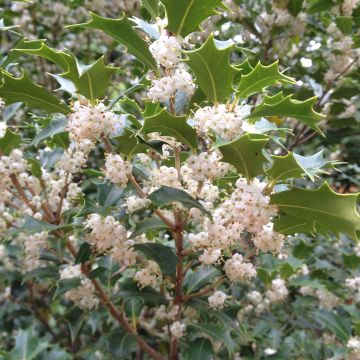
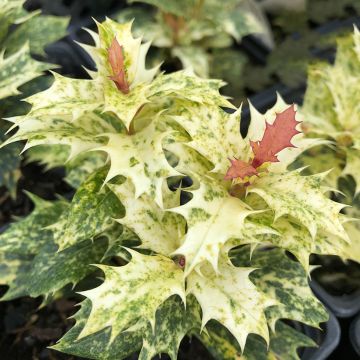
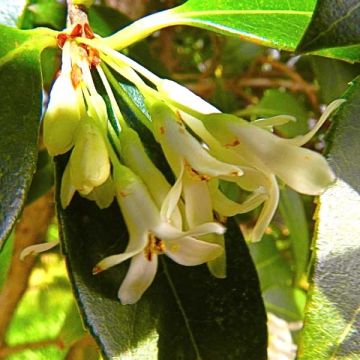
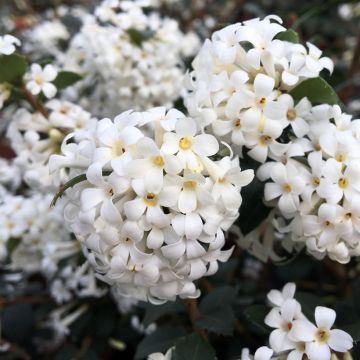



Comments